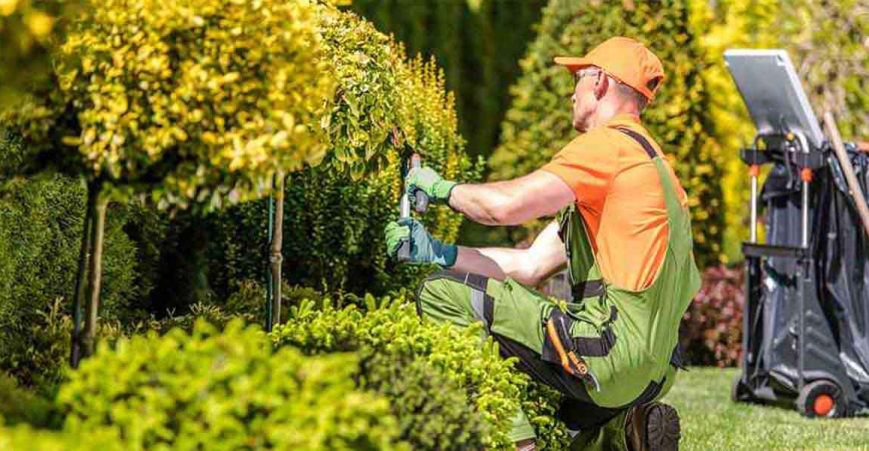It is undoubtedly true that a landscape design will need to take account of local conditions, climate, and soils so that anything planted within that landscaped garden has the best possible chance of thriving. For example, landscaping in Perth, Western Australia, will have many different plants created in its namesake in Scotland.
However, regardless of whether a residence is in Perth WA, or Perth, Scotland, there will also be some landscaping and gardening principles that remain constant, one of which is the use of compost. Composting has been a core element of gardening for centuries, and the reason it remains a crucial means of helping a landscaped garden to thrive is because it has many benefits for most of the plants that grow within it.
Unfortunately, not everyone who has a landscaped garden is fully aware of why composting is beneficial and, more to the point, how to create it or use it effectively. For those reasons, we have created a short guide to creating and using compost, which we hope you find helpful.
Why Use Compost?
There are several reasons why compost is considered by many to be essential within gardens of all kinds, including landscaped gardens. The first and most important is that compost provides plants with much-needed nutrients. Secondly, compost is effectively free as much of it consists of food scraps and other organic matter that would otherwise be thrown away.
That last point brings us to another benefit: compost is environmentally friendly as it reduces landfills by providing a means of using the aforementioned waste, which would otherwise need to be disposed of elsewhere. Finally, compost is extremely easy to create as you are about to discover.
What You Need
You could create compost in a pile in your garden. However, it might not be the prettiest of things to look at in a beautifully designed landscaped garden. In addition, there is also the potential smell to consider. A better option is to use a round bin or container, and purchasing a ready-made compost bin from your local gardening center would be the best option.
Main Compost Ingredients
You can use either ‘brown’ or ‘green’ ingredients to create compost. Some of the specific ingredients for each category are listed below.
Brown Compost Ingredients
- Dried Leaves
- Shredded Paper
- Cardboard
- Paper Towels
- Tissue
- Natural Fabrics (e.g. hemp, cotton, bamboo)
Green Compost Ingredients
- Fruit Scraps
- Vegetable Scraps
- Used Tea Bags
- Used Coffee Grounds
- Green Garden Waste (e.g. grass cuttings, green leaves, flower cuttings)
6 Steps To Creating Compost
- Assuming you have a compost bin, the first step is to find a shady spot to place it. Dry, hot conditions are not conducive to creating compost. The reason is that heat and dryness will kill the microbes and worms that your compost needs.
- Place the bin as close to your kitchen as possible so that it is easier to access when you have food scraps.
- Dig a shallow hole around 4 inches deep that is big enough for your compost bin to sit within. This helps to deter cockroaches and rodents.
- The first items to add to the bin are small twigs, dry leaves, or mulch, all acting to aerate the compost.
- Start layering your compost with one layer of green ingredients and two layers of brown ingredients, adding water to each layer as you complete it.
- The final step is to add a layer of soil at the top of the compost bin as this will reduce the odors.
Using Compost
The main sign that your compost is ready to use is when it is a rich brown and easily crumbles when held. Remember that it can take several months to reach this point, especially if you have used a large compost bin. When ready, you can add compost to your landscaped garden, especially those plants you feel need additional nourishment.


